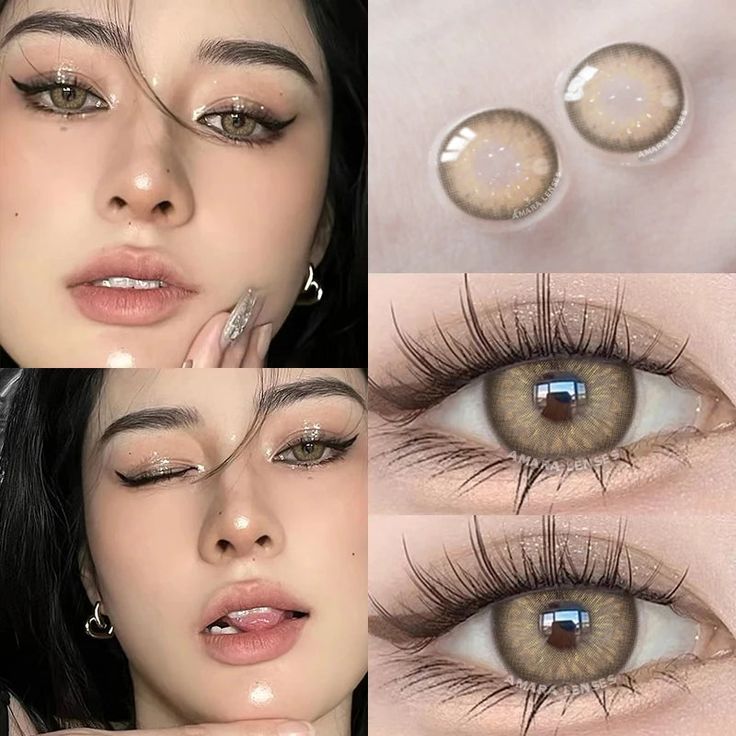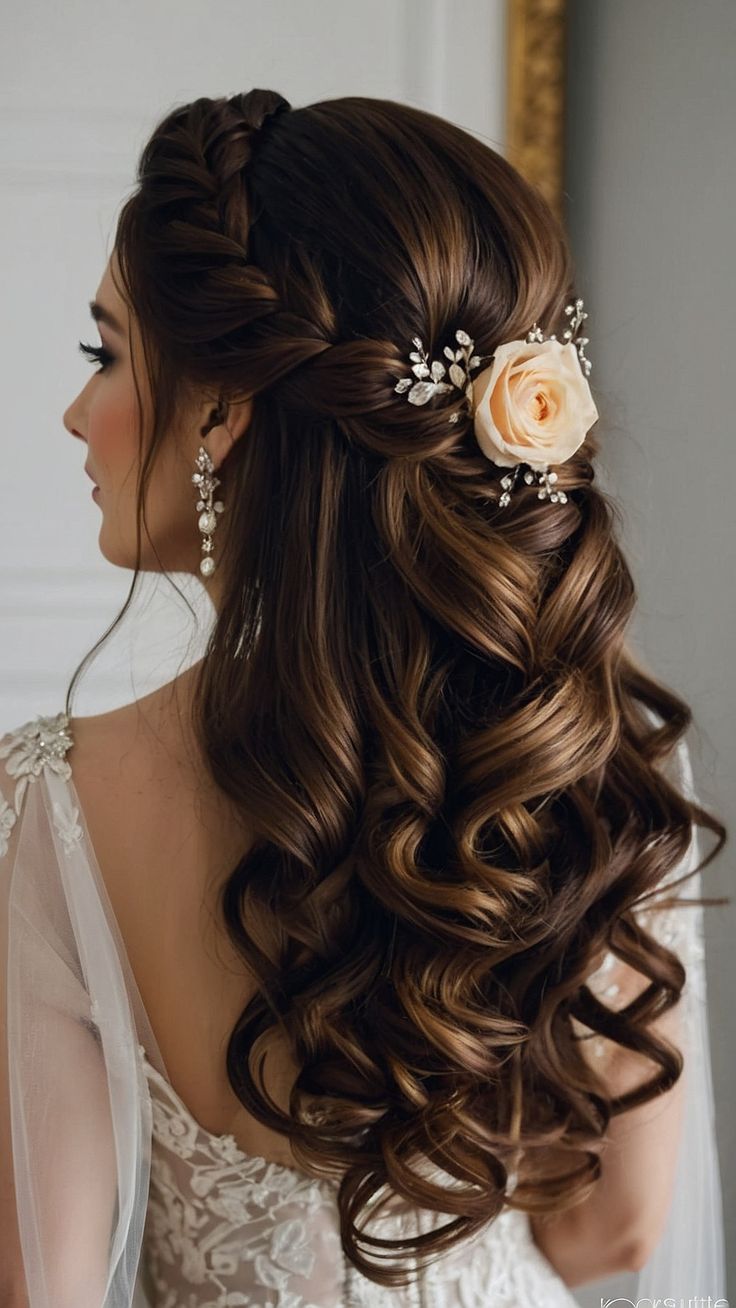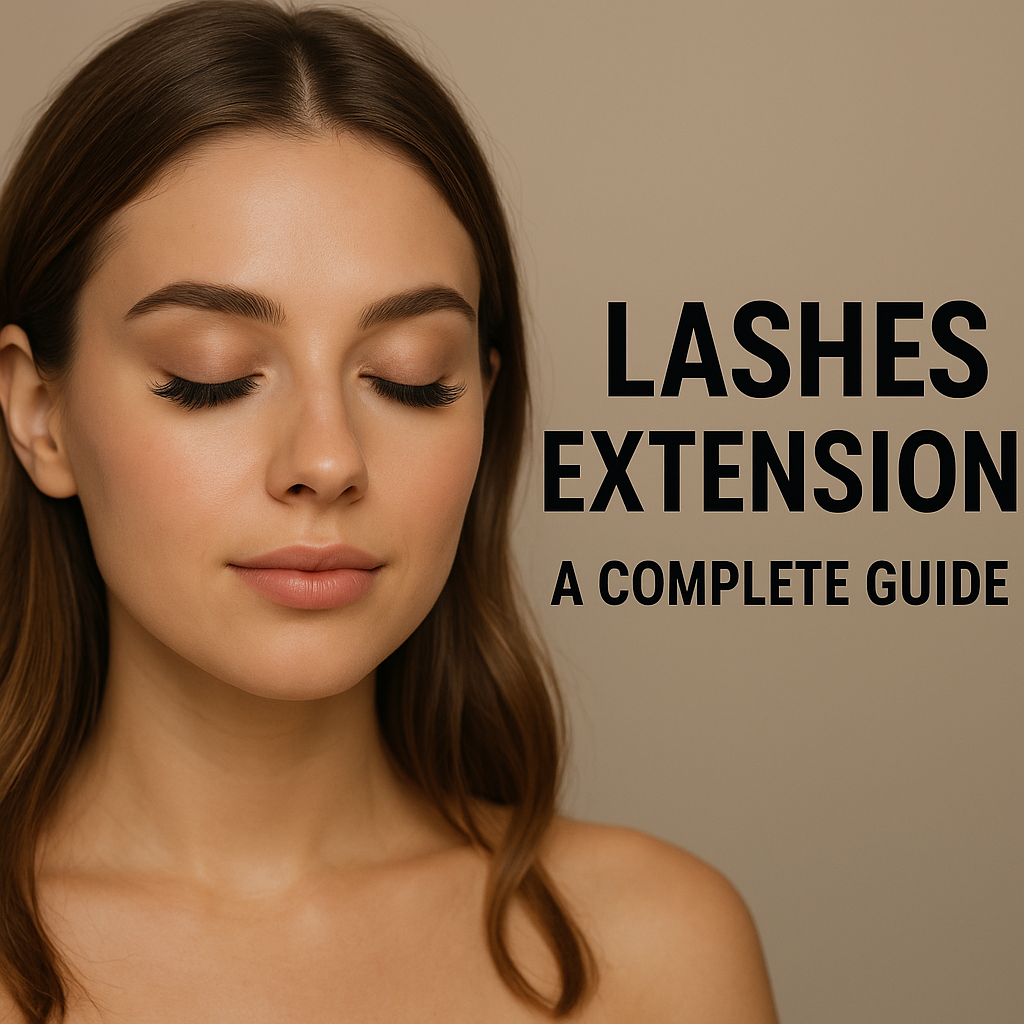Contact lenses provide a seamless and natural way to correct vision while offering convenience and style. Whether worn for medical reasons or aesthetic enhancement, lenses eliminate the bulkiness of glasses and grant a clearer, wider field of vision.
Types of Contact Lenses
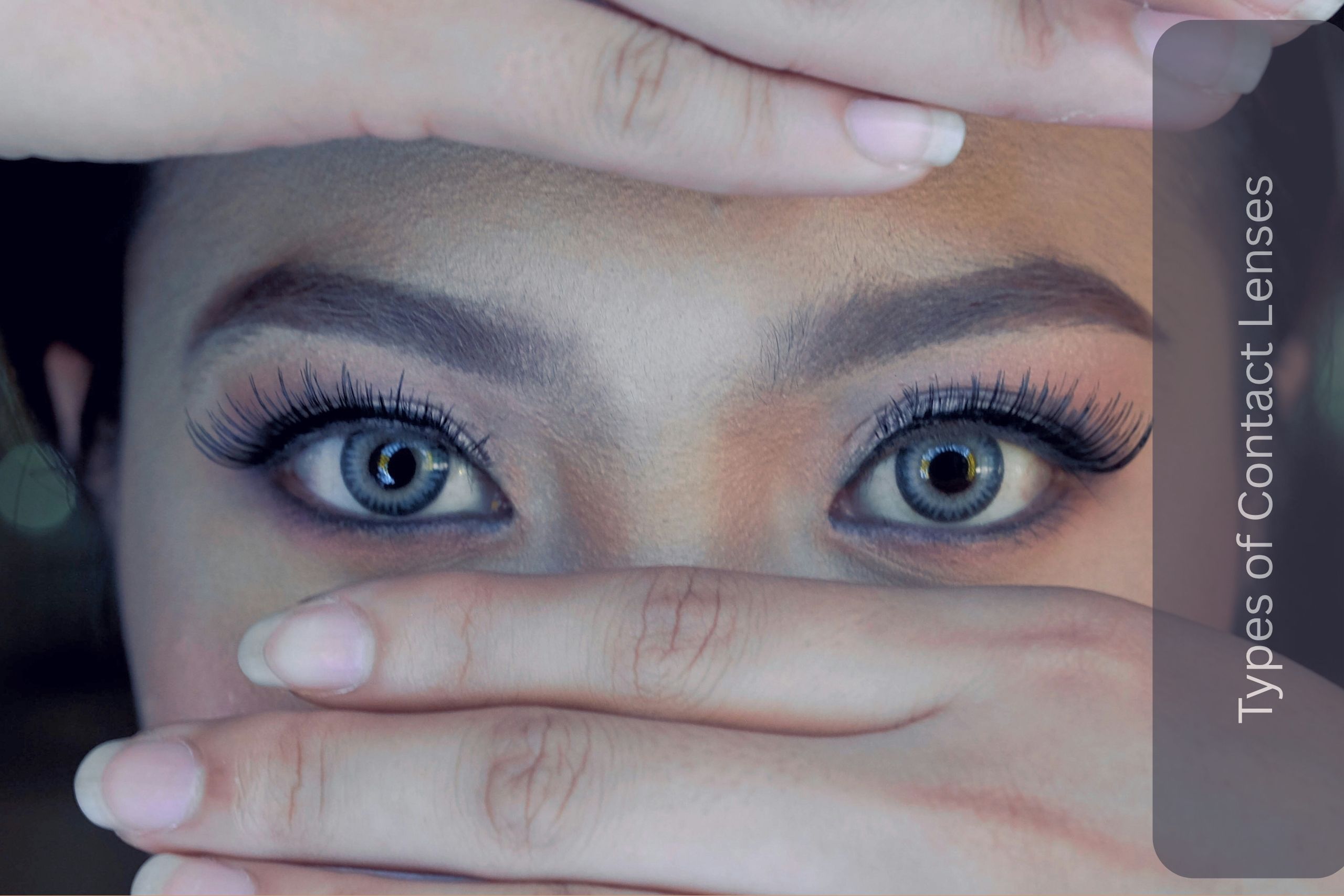
Contact lenses come in various types, designed to meet different vision needs. Soft lenses are the most common, providing flexibility and comfort, while rigid gas-permeable (RGP) lenses offer sharper vision for those with complex prescriptions. Specialty lenses, including toric for astigmatism and multifocal for presbyopia, cater to specific vision conditions. Cosmetic lenses allow users to change their eye color, blending fashion with function.
2. Daily vs. Extended Wear Lenses
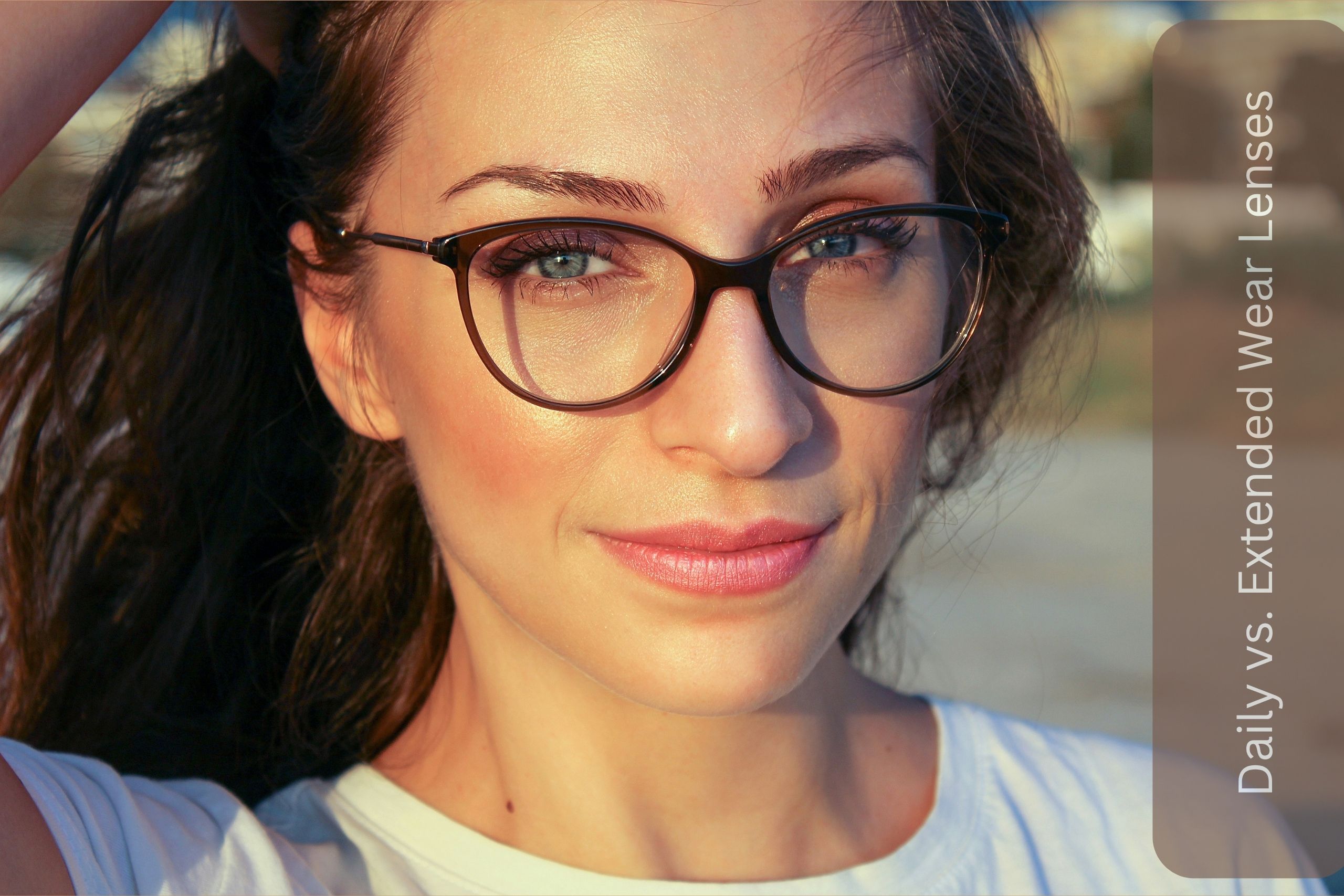
Daily disposable lenses offer convenience, eliminating the need for cleaning and reducing the risk of infections. On the other hand, extended-wear lenses, which can be used for multiple days, require careful maintenance to prevent dryness and irritation. Choosing between these depends on lifestyle, eye sensitivity, and medical recommendations.
3. How to Properly Wear and Remove Lenses
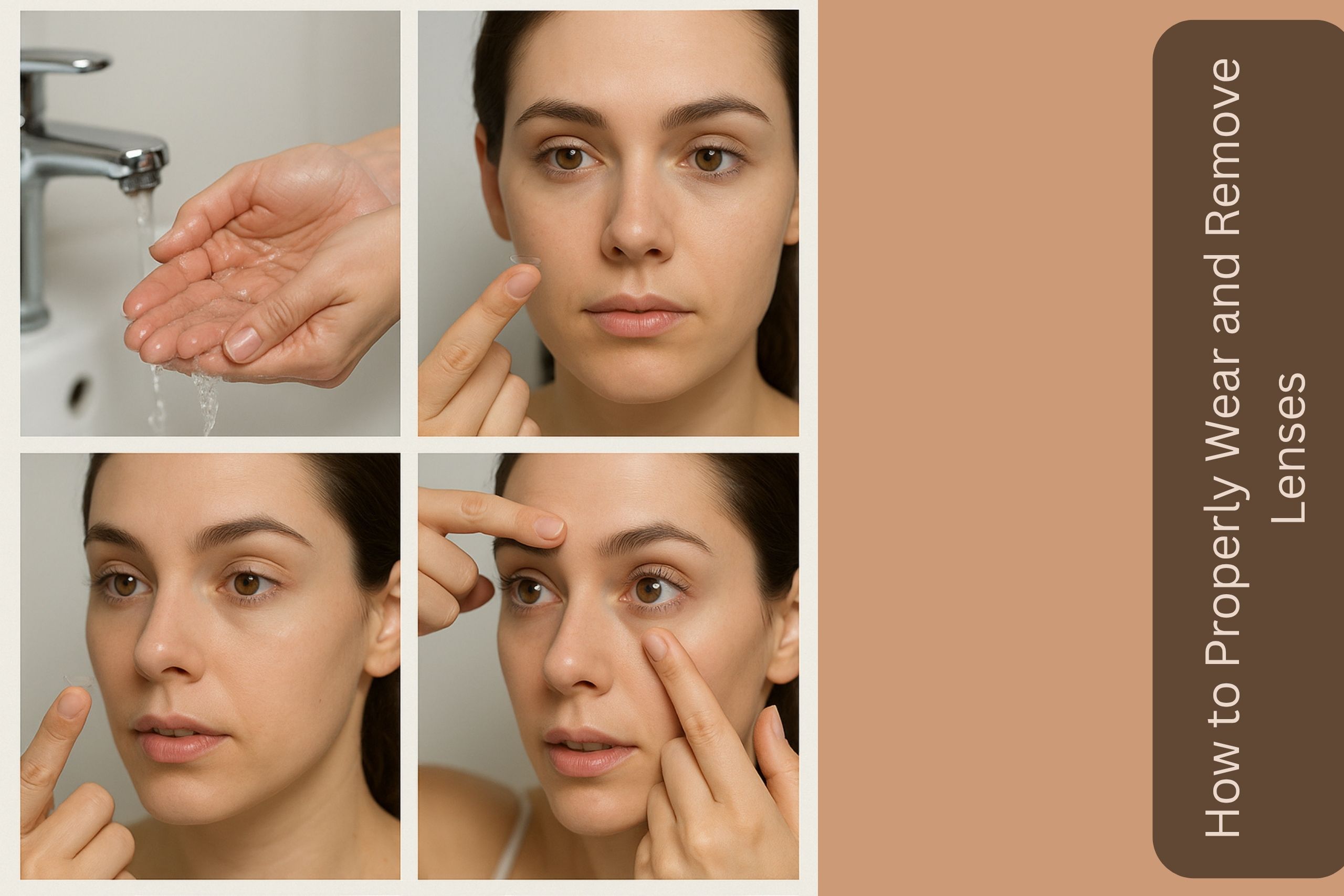
Applying contact lenses requires clean hands and a proper technique to avoid contamination. Placing the lens on the fingertip, ensuring it is facing the correct way, and gently positioning it on the eye prevents discomfort. Removal involves clean hands, a steady approach, and safe storage in a recommended solution to maintain hygiene.
4. Essential Lens Care & Hygiene Practices
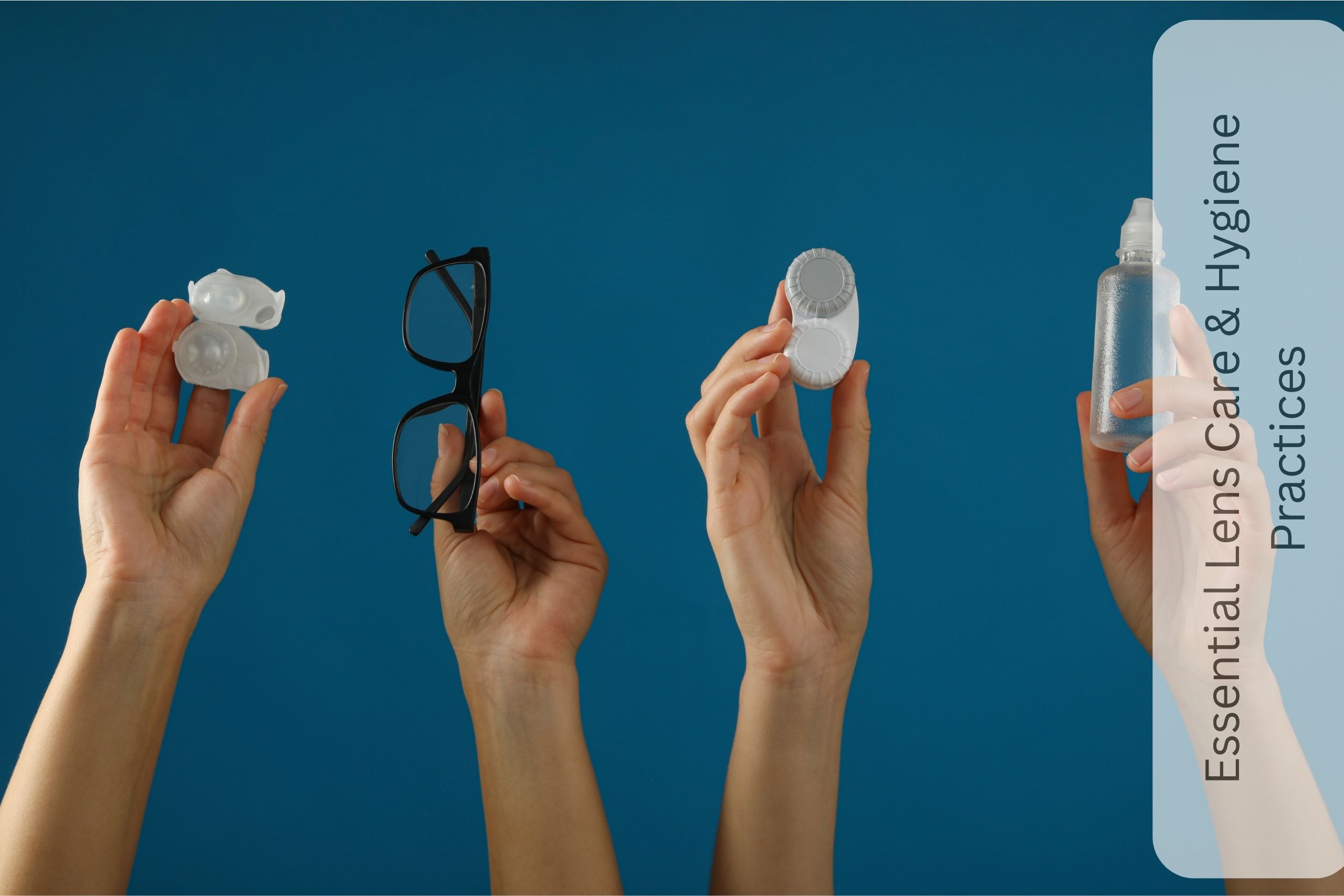
Proper maintenance of contact lenses is crucial for eye health. Using the correct lens solution, regularly cleaning the lens case, and avoiding exposure to water while wearing lenses reduce the chances of infections. Following professional advice and replacing lenses as per guidelines ensures eye safety and long-term comfort.
5. Common Eye Conditions & How Lenses Help
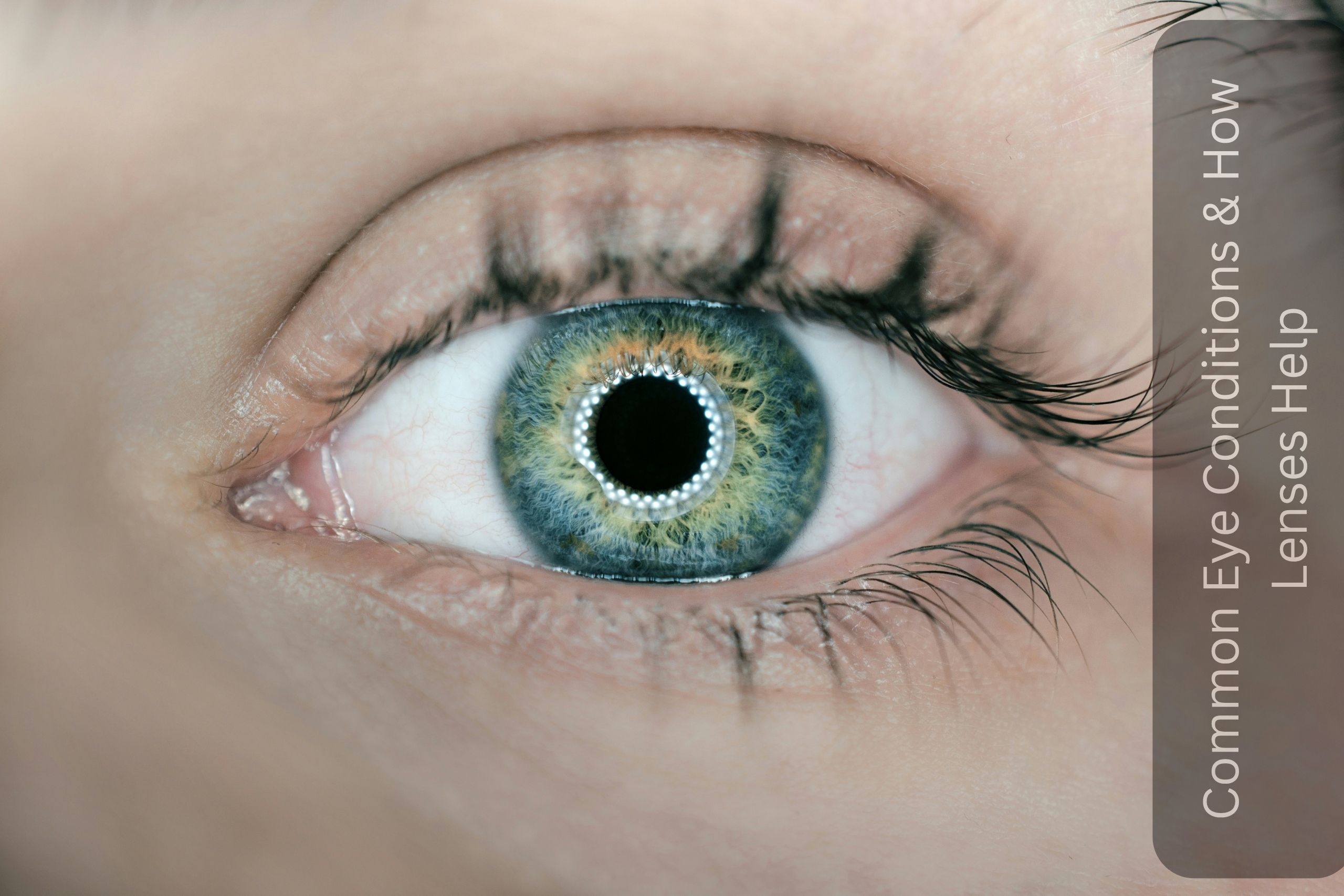
Contact lenses provide solutions for various vision issues, such as nearsightedness, farsightedness, astigmatism, and presbyopia. Specialized lenses, including scleral lenses, help individuals with corneal irregularities, offering improved clarity and comfort. Consulting an optometrist is essential in determining the best lens type for specific conditions.
6. Choosing Cosmetic Lenses for a Stylish Look
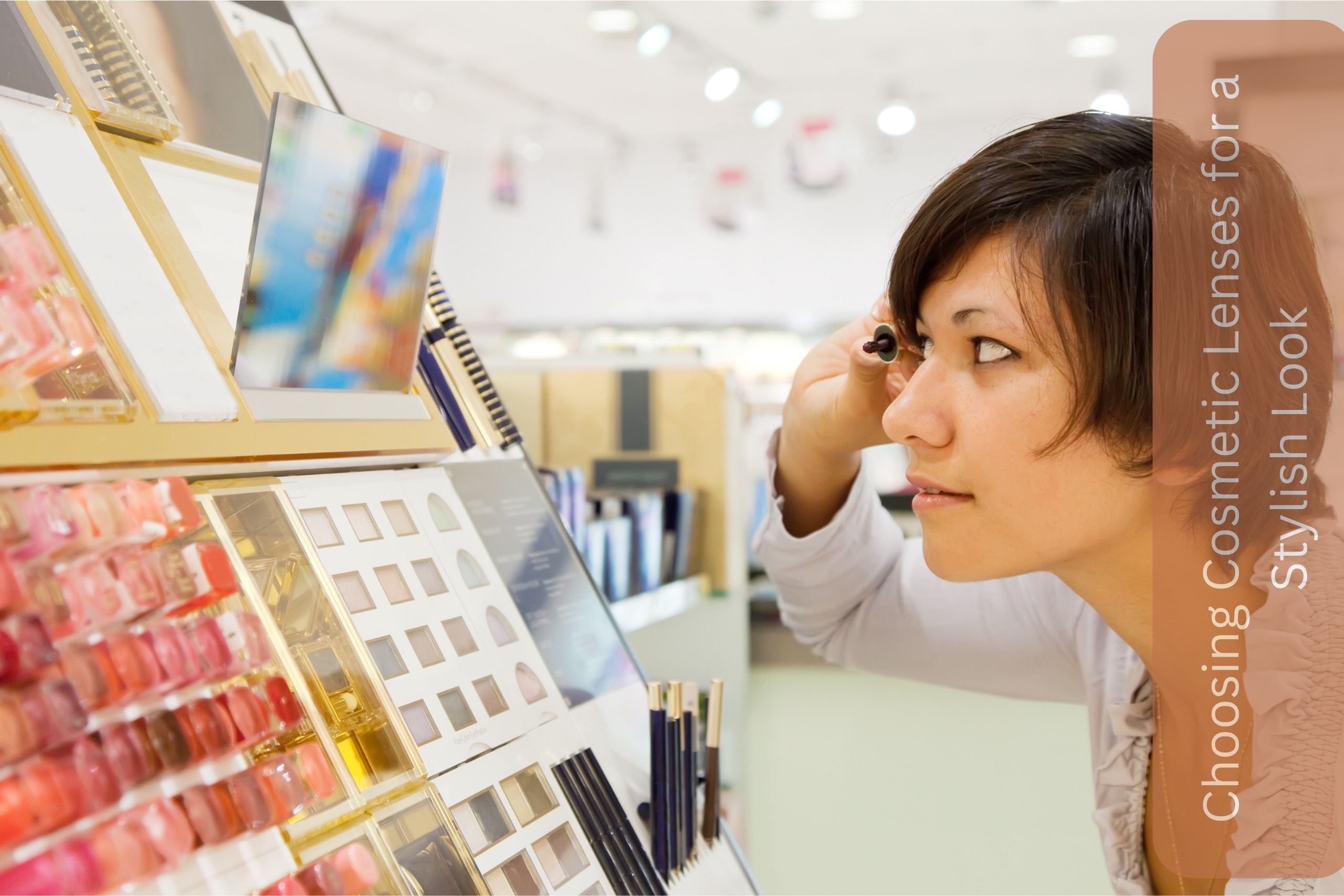
Cosmetic lenses allow users to enhance or alter their eye color, adding a fashionable element to vision correction. Available in various shades, including natural blends and vibrant tones, these lenses require the same level of care as medical lenses to ensure safe usage. Checking for FDA-approved brands helps maintain eye health while achieving a stylish look.
7. Advantages of Contact Lenses Over Glasses
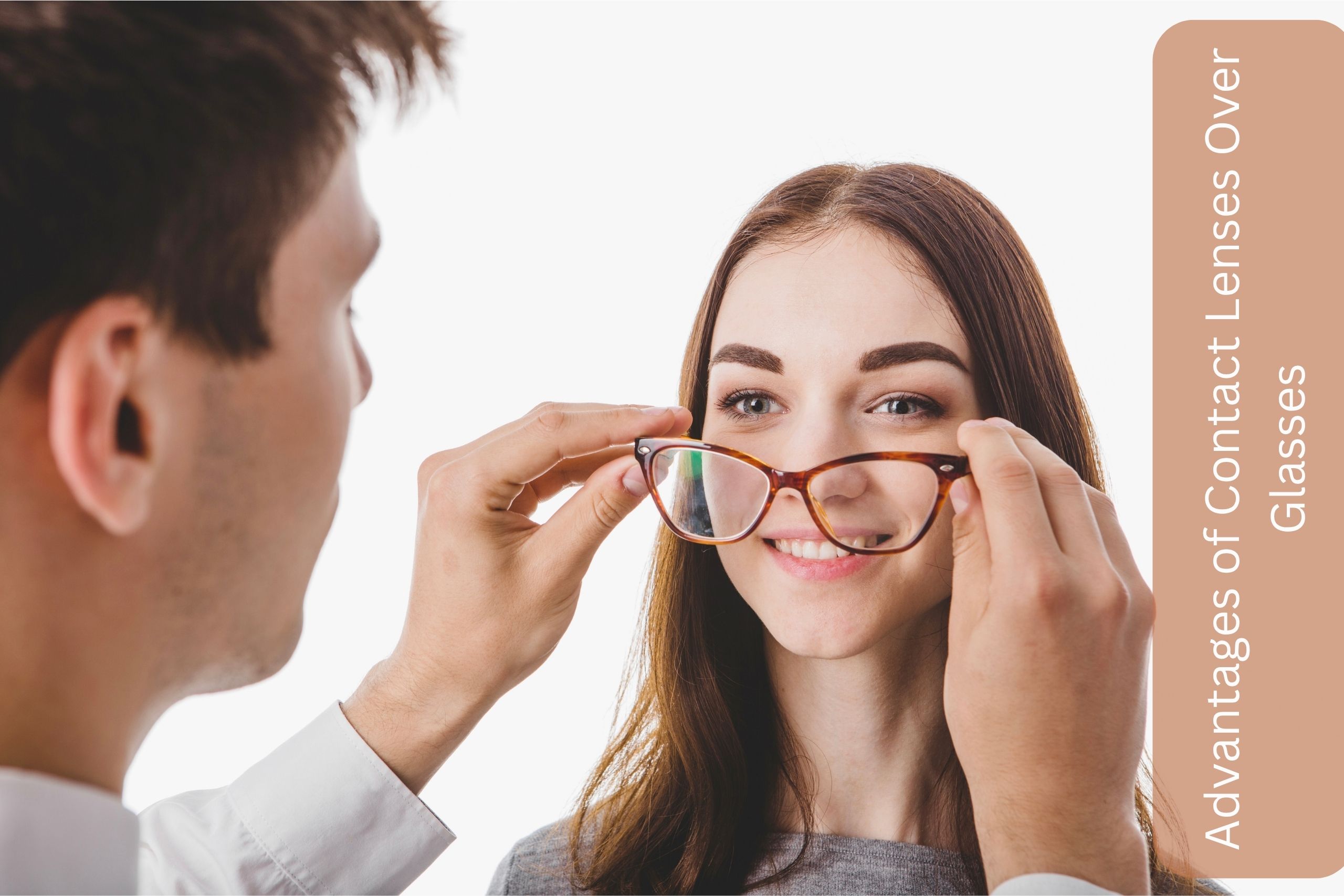
Lenses provide a broader field of vision, eliminate glare, and allow individuals to engage in sports or physical activities without hindrance. Unlike glasses, they do not fog up or slip, offering greater convenience. With advancements in lens technology, options such as UV protection and moisture-retaining lenses ensure enhanced comfort and eye safety.

